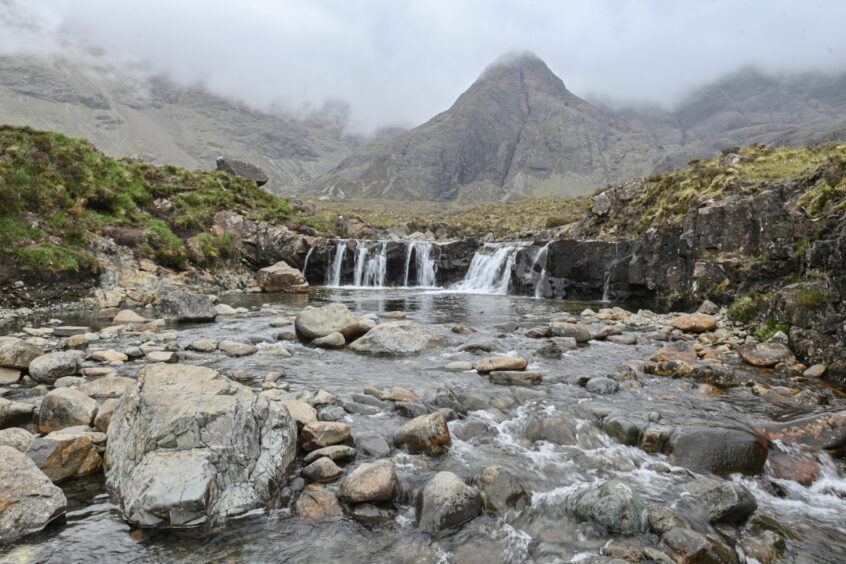A tourist tax could be introduced in the Highlands in 2026.
Highland Council has revealed how the scheme could work as a public consultation is launched.
The consultation starts tomorrow (November 15) and will allow locals to have their say on the plans until February 9 2025.
After this, the council will discuss the findings and decide whether to implement the scheme, which could generate £10million a year.
If approved, it could be enforced in 2026 as the start date must be at least 18 months from when a local authority formally decides to proceed with its introduction.
Chair of the Committee, councillor Ken Gowans said: “The introduction of a 5% visitor levy in Highland could generate £10 million each year – money that can be used to sustain, support and develop the services and infrastructure which the sector relies on.
“As well as improving existing infrastructure, it would allow opportunities to look at providing new facilities to help ensure everyone visiting Highland will have a high-quality experience.”
Here’s everything you need to know about the Highland tourist tax.
What is the Highland visitor levy?
The Visitor Levy (Scotland) Act 2024 gives local authorities discretionary powers to implement a visitor tax, similar to those in many European countries and cities.
In a new report, Highland Council confirmed it plans to charge a 5% fee for overnight stays, with the revenue used to invest in local facilities and infrastructure.
For a couple staying in a mid-range hotel costing £133 per night for two nights, this would equate to £11.30.
For a family of five (two adults and four children) staying in self-catering accommodation costing £1255 for a week, this would cost £52.75.
Accommodation providers will be responsible for collecting the levy from visitors.
Who will have to pay Highland Council’s visitor levy?
Under the Act, overnight accommodation is considered a room or area that is used by a visitor for residential purposes but is not their only or usual place of residence.
The types of accommodation included are:
- Hotels
- Hostels
- Guest houses
- Self-catering
- Camping sites
- Caravan parks
- Bed and breakfasts
- Accommodation in a vehicle or on board a vessel which is permanently or predominantly situated in one place
- Any other place at which a room or area is offered by the occupier for residential purposes otherwise than as a visitor’s only or usual place of residence
Motorhomes and campervans which do not stay on campsites are excluded from the scheme.
How does the Highland Council Visitor Levy consultation work?
The online consultation will go live tomorrow and can be accessed here.
As well as the online survey, the Council has set up a phoneline (01349 781020) to request a paper copy of the consultation.
A dedicated email address, visitorlevyconsultation@highland.gov.uk, has also been set to answer any queries and provide support.
The consultation will ask 10 questions on the proposal and is open to everyone.
Participants must provide their full name, email address and postcode.
What do you think of the plans? Let us know in the comments below.


Conversation